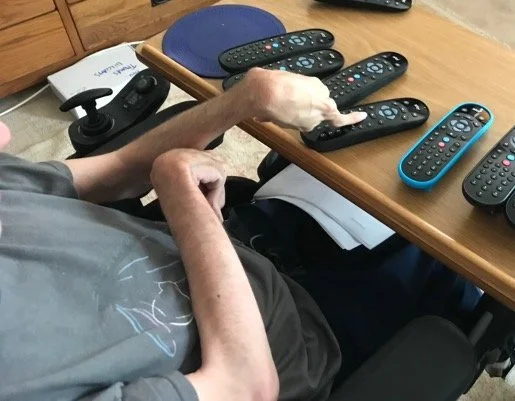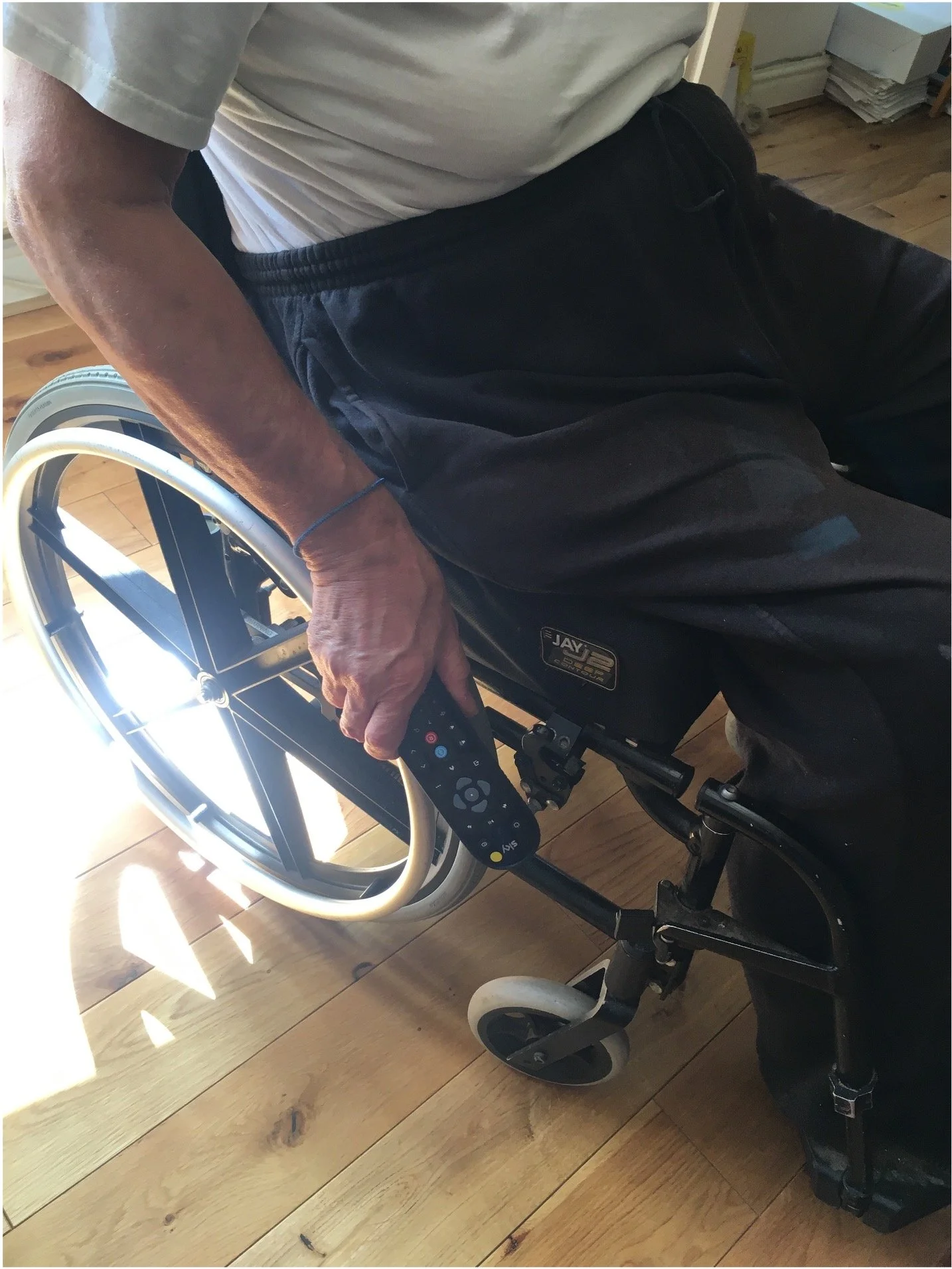Sky
The project
Following on from previous customer research in 2018, Sky defined an 'accessibility' product strategy under the vision of “Everyone should be able to use Sky Q equally, confidently and independently”. This strategy meant Sky moved the voice key to the front of their remote control to aid usability and make voice control more central to the Sky Q experience. Alongside this, Sky wanted to make Sky Q remotes more usable under the three pillars of grip-able, stability and usability.
Sky designed and built a series of prototypes to test with a view of talking the highest performers to production. Bunnyfoot was commissioned to conduct research to uncover which of the new skins best suited participants' various disabilities, to find any flaws that inhibit use, identify whether accessories solve issues identified in previous research and determine whether texture and other modification options can be reduced to aid production efficiency.
What we did
To deliver this information my team and I conducted in-depth interviews and usability testing using the devices provided by Sky. Due to the nature of the project we were required to travel to various locations in the UK to visit people in their homes followed by lab testing in London. Each session comprised interviewing participants to understand how they currently use their Sky TV remote and what alternations they do to make it more usable. We discovered that the current accessibility remote didn't work with various disabilities, and often participants were inventing workarounds such as sticking the remote to their chair for more stability.
We then presented participants with the remotes with modified 'skins' and accessories to establish how they would use these prototypes and what they liked and disliked. Testing was able to uncover which skin provided the best grip and addressed other issues faced around ergonomics and stability of the remotes. Participants with low dexterity struggled to use some of the accessories compared to those participants with other disabilities. The team and I also uncovered participants' thoughts around Sky’s accessibility offering, principally the idea that they should be offered assistive devices for free and to raise awareness with their staff through training. Participants preferred to see solutions offered at the point of sale and installation, to see adverts including this, social media posts and email marketing. The trust of this was to ensure those who needed these options were able to get access to them.
My role
After distilling the information, my colleague and I presented this back to key stakeholders at Sky. This presentation was taken internally and presented to progress the accessibility product strategy.







